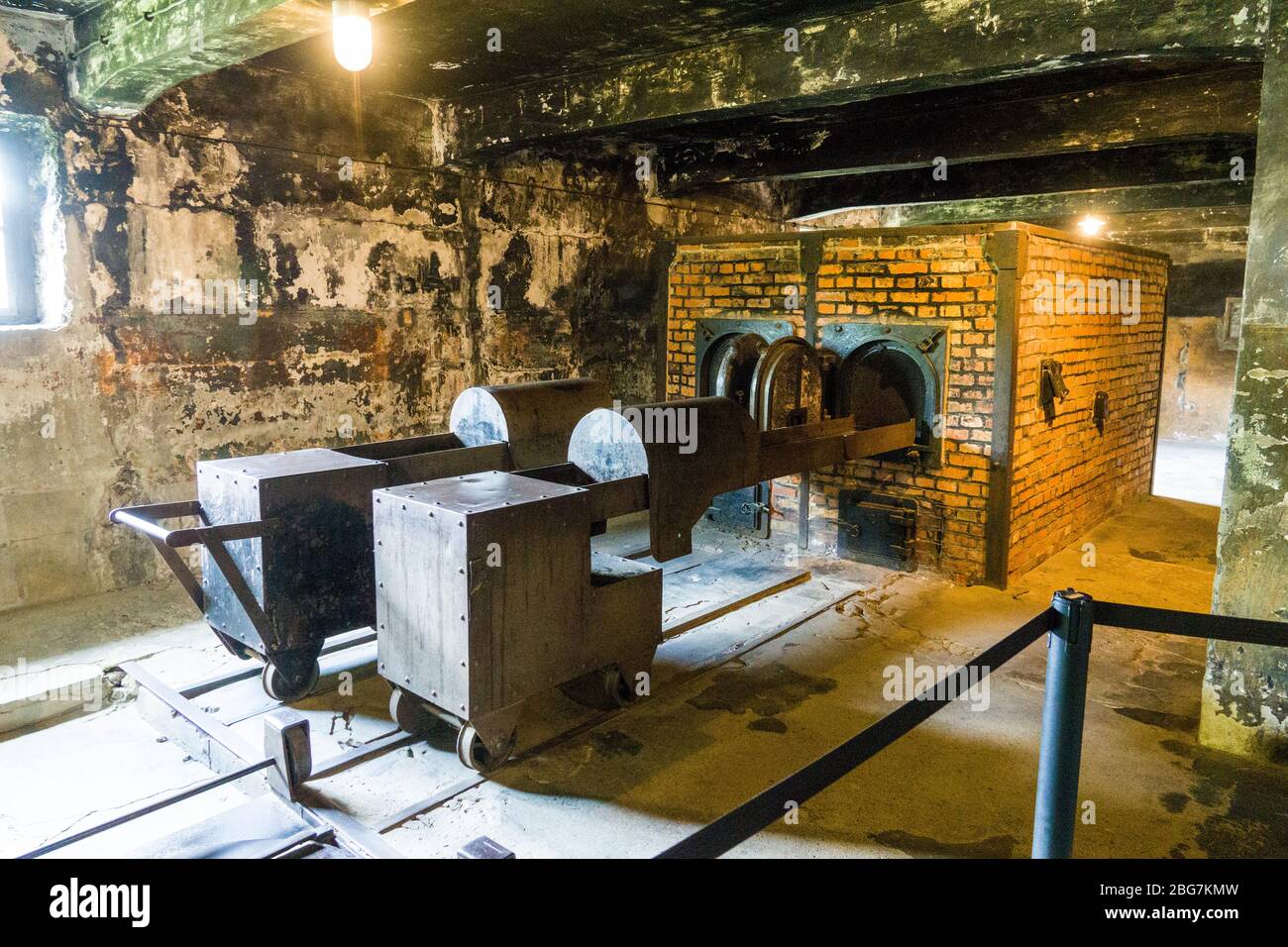
WEIGHT: 54 kg
Bust: E
1 HOUR:80$
Overnight: +100$
Sex services: Foot Worship, Cum in mouth, Foot Worship, Blow ride, Lapdancing
Some Medieval spellings of the name are: Oswenin , Osvencin , Hospencin , Osswetem , Uspencin , Oswentim etc. It has been spelled many different ways and known by many different languages over time, including Czech, German, and Latinised versions.
The town was an important center of commerce from the late Middle Ages onward. Fourteenth-century German-speaking merchants called it Auswintz; by the 15th century, this name had become Auschwitz. The railway station is across the river in the northwest part of town; the main museum is on the west side. The Auschwitz-Birkenau State Museum is in the village of Brzezinka , to the west of the railway station.

The chemical works are east of the town. Summers are warm and humid, but frequently cloudy due to the influence of polar maritime air masses; winters are cold and windy, with snow cover. It is one of the oldest castellan gords in Poland. The town was destroyed in during the Mongol invasion of Poland.
The charter was confirmed on 3 September This period came to an abrupt end in , during the catastrophic Swedish invasion of Poland. After the Congress of Vienna , the town was close to the borders of both Russian -controlled Congress Poland , and the Kingdom of Prussia. In the war between Austria and the Prussian-led North German Confederation , a cavalry skirmish was fought at the town, in which an Austrian force defeated a Prussian incursion.

In another fire in , the parish church, a school, and a hospital burned down. In , a high school was opened. There were approximately 8, Jews in the town on the eve of World War II, comprising less than half the population. In , Nazi Germany used forced labor to build a new subdivision to house Auschwitz guards and staff, and built a large chemical plant of IG Farben in on the eastern outskirts of the town.




































